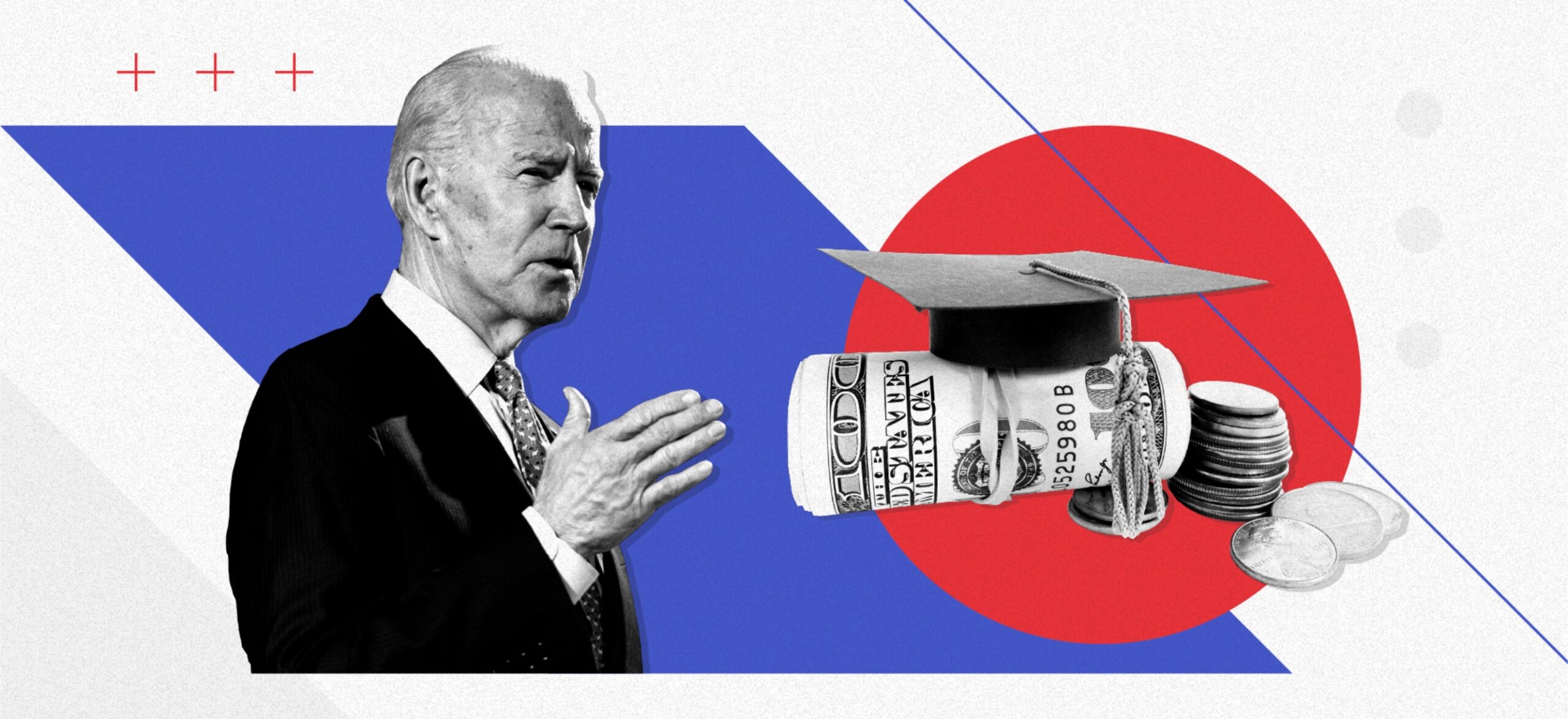In attempt to save himself from low voter approval ratings, President Joe Biden is instilling a student debt forgiveness plan.
According to the White House, the national federal student loan debt is $1.6 trillion. Over 45 million Americans are asking for loans.
The monthly student debt payment is $393, according to research from the Federal Reserve Bank of New York. This monthly payment can fluctuate, and even increase, due to high interest rates.
Americans are struggling making these payments, especially with the state of the economy.
Who do these debt cancellations benefit?
The Department of Education will cancel up to $20,000 in student loans to all Pell Grant recipients, and up to $10,000 to non-Pell Grant recipients. If the individual’s income is less than $125,000 or less— or $250,000 or less for married couples— you are eligible for this relief.
The federal student loan repayment is to be extended until December 31, 2022. After January 2023, borrowers are expected to resume payments.
There is one important date to note:
November 15: Mark Kantrowitz, higher education expert, said borrowers should apply for the forgiveness no later than November 15. The Department of Education will take about 6 weeks to get the cancellation, so doing this before the payment pause ends is in the best interest of all borrowers.
On Sunday, Biden received a letter signed by almost two dozen Republican governors with their concerns regarding the student loan decision.
“Shifting the burden of debt from the wealthy to working Americans has a regressive impact that harms lower income families. Borrowers with the most debt, such as $50,000 or more, almost exclusively have graduate degrees, meaning hourly workers will pay off the master’s and doctorate degrees of high salaried lawyers, doctors, and professors,” the governors stated.




